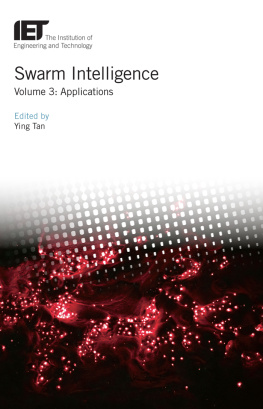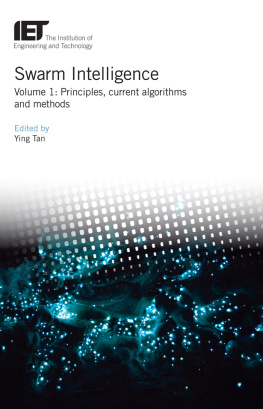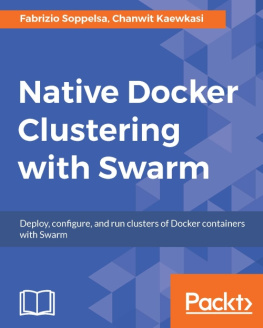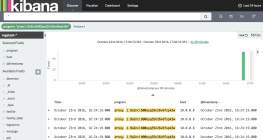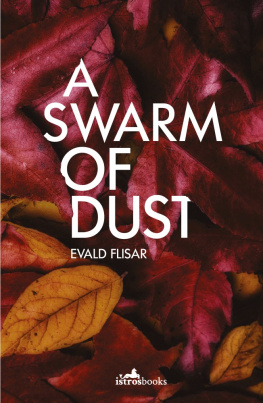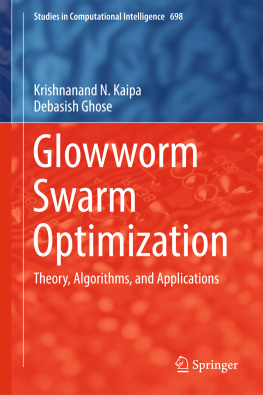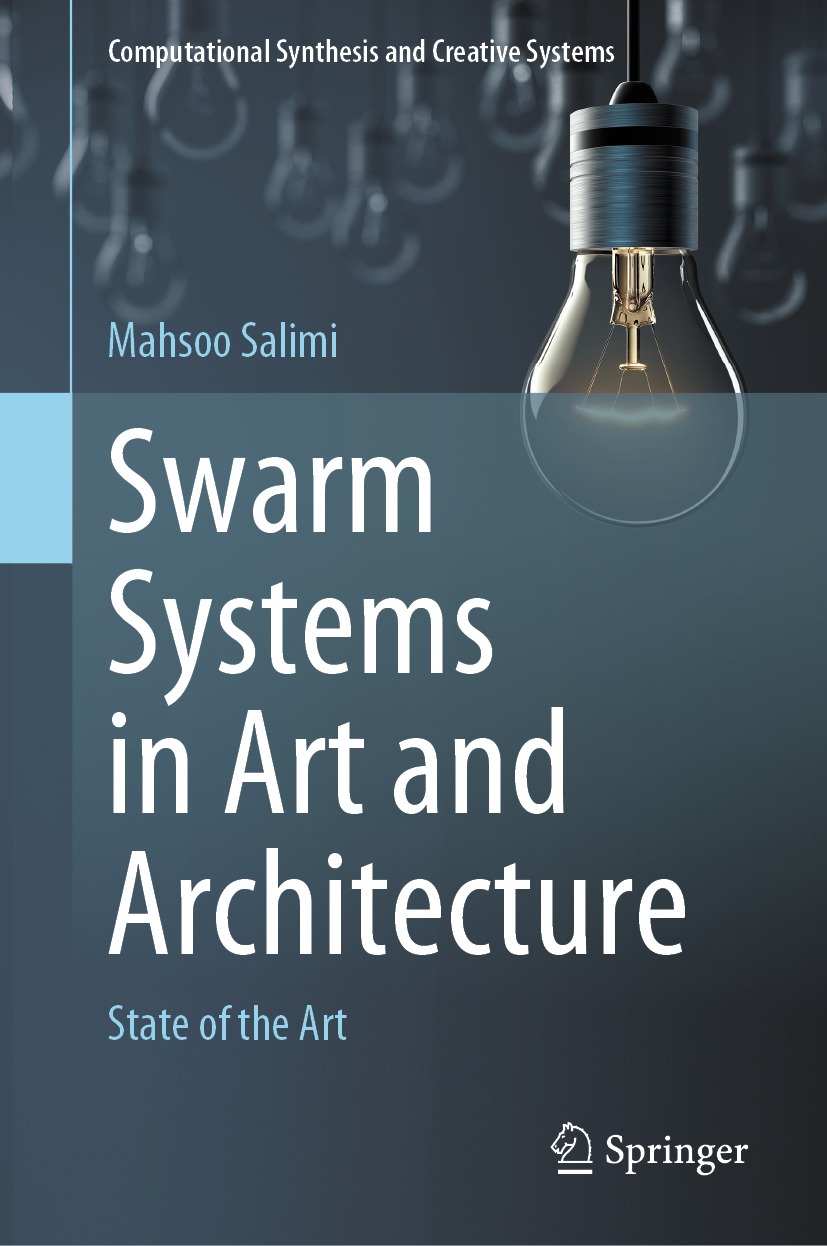Computational Synthesis and Creative Systems
Series Editors
Franois Pachet
Laboratoire dInformatique de Paris (LIP 6), Sony Computer Science Laboratory, Paris, France
Pablo Gervs
Director, NIL Research Group, Universidad Complutense de Madrid, Madrid, Spain
Andrea Passerini
DISI, Universit di Trento, Trento, Italy
Mirko Degli Esposti
Dipartimento di Matematica, Universit di Bologna, Bologna, Italy
Creativity has become the motto of the modern world: everyone, every institution, and every company is exhorted to create, to innovate, to think out of the box. This calls for the design of a new class of technology, aimed at assisting humans in tasks that are deemed creative.
Developing a machine capable of synthesizing completely novel instances from a certain domain of interest is a formidable challenge for computer science, with potentially ground-breaking applications in fields such as biotechnology, design, and art. Creativity and originality are major requirements, as is the ability to interact with humans in a virtuous loop of recommendation and feedback. The problem calls for an interdisciplinary perspective, combining fields such as machine learning, artificial intelligence, engineering, design, and experimental psychology. Related questions and challenges include the design of systems that effectively explore large instance spaces; evaluating automatic generation systems, notably in creative domains; designing systems that foster creativity in humans; formalizing (aspects of) the notions of creativity and originality; designing productive collaboration scenarios between humans and machines for creative tasks; and understanding the dynamics of creative collective systems.
This book series intends to publish monographs, textbooks and edited books with a strong technical content, and focuses on approaches to computational synthesis that contribute not only to specific problem areas, but more generally introduce new problems, new data, or new well-defined challenges to computer science.
More information about this series at http://www.springer.com/series/15219
Mahsoo Salimi
Metacreation Lab for Creative AI, School of Interactive Arts and Technology (SIAT), Simon Fraser University (SFU), Surrey, BC, Canada
ISSN 2509-6575 e-ISSN 2509-6583
Computational Synthesis and Creative Systems
ISBN 978-981-16-4356-9 e-ISBN 978-981-16-4357-6
https://doi.org/10.1007/978-981-16-4357-6
The Editor(s) (if applicable) and The Author(s), under exclusive license to Springer Nature Singapore Pte Ltd. 2021
This work is subject to copyright. All rights are solely and exclusively licensed by the Publisher, whether the whole or part of the material is concerned, specifically the rights of translation, reprinting, reuse of illustrations, recitation, broadcasting, reproduction on microfilms or in any other physical way, and transmission or information storage and retrieval, electronic adaptation, computer software, or by similar or dissimilar methodology now known or hereafter developed.
The use of general descriptive names, registered names, trademarks, service marks, etc. in this publication does not imply, even in the absence of a specific statement, that such names are exempt from the relevant protective laws and regulations and therefore free for general use.
The publisher, the authors and the editors are safe to assume that the advice and information in this book are believed to be true and accurate at the date of publication. Neither the publisher nor the authors or the editors give a warranty, expressed or implied, with respect to the material contained herein or for any errors or omissions that may have been made. The publisher remains neutral with regard to jurisdictional claims in published maps and institutional affiliations.
This Springer imprint is published by the registered company Springer Nature Singapore Pte Ltd.
The registered company address is: 152 Beach Road, #21-01/04 Gateway East, Singapore 189721, Singapore
Foreword
Swarm simulations are a paradigmatic example of a bottom-up modelling approach, in which rich and diverse phenomena can be synthetically obtained by implementing local interactions among simple entities. Since the invention of the Boids algorithm by Craig Reynolds in 1986, these types of simulations have made great inroads into various artistic domains. Here, these simulations have been adopted as generative systems that shape how media are created and/or how the audience can engage with an artwork.
The reasons for the popularity of these simulations are likely as manifold as there are different artistic approaches. Nevertheless, when looking at both past and current swarm-based artworks, some recurring topics can be identified. These topics revolve around aspects of naturalness, interaction, immersion, adaptability.
Naturalness
Swarms are a fascinating and universal natural phenomenon. Using swarm simulations, artists can endow their creations with a behaviour and appearance that is reminiscent of nature, which captivates audiences and viewers.
Interaction
Swarms are social systems in which the interplay between individuals and groups is the most prominent aspect. The role of individuals in a swarm can be assumed by simulated entities, robotic objects or humans. Therefore, swarms lend themselves to the establishment of interactive scenarios in which artwork and audiences engage with each other through social principles.
Immersion
Swarms are inherently spatial phenomena. Accordingly, they are particularly suitable for presentation formats which emphasize spatial aspects of experience and engagement. In such a spatial setting, the audience is surrounded by a swarm. This creates an immersive experience of perception and possibly interaction.
Adaptability
Swarm simulations can easily be modified by altering and/or adding agent properties and behaviours. Therefore, swarm simulations are flexible artistic tools that can be adapted to create different types of media or different interaction scenarios.
The artistic use of swarm simulations will likely continue to play an important role in the art world. Ongoing science and engineering research has the potential to deepen existing artistic approaches and inspire new forms of artistic experimentation. For example, Fan et al. (2018) employ a swarm of mobile devices to perform collaborative computation of sensory data streams. This approach opens the possibility of exploiting the ubiquity of smart phones as personalized and decentralized computers for the purpose of deepening the connection between swarm-like behaviours of humans and the computational simulation of swarms. This in turn would allow for the creation of interactive situations in which participants engage as hybrid entities that exhibit partially natural and partially synthetic swarm behaviours.
Swarm principles can also be used to explain cultural phenomena such as the formation and propagation of opinions in social media (e.g. Kaiser et al., 2011). This extension into the cultural domain opens up the possibility for artists to employ swarm simulations to explore such things as the spread of cultural memes or the trending of artistic styles.



